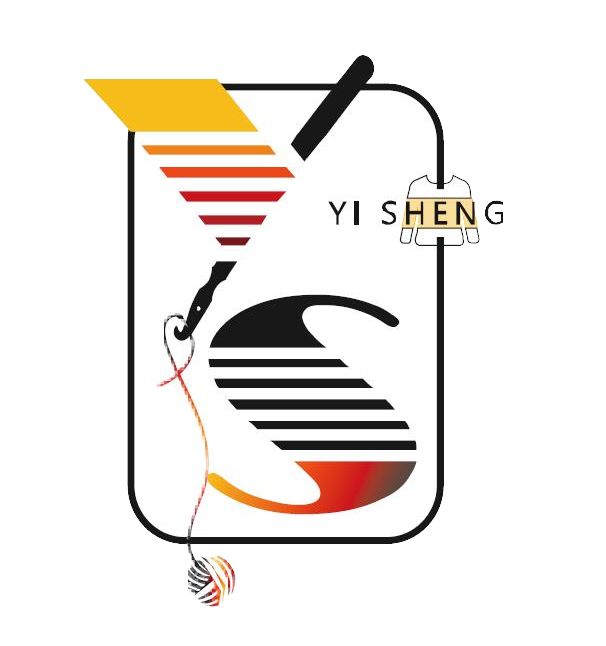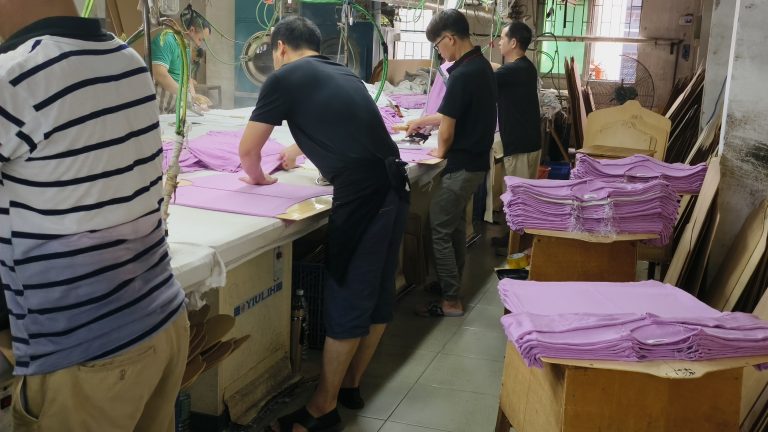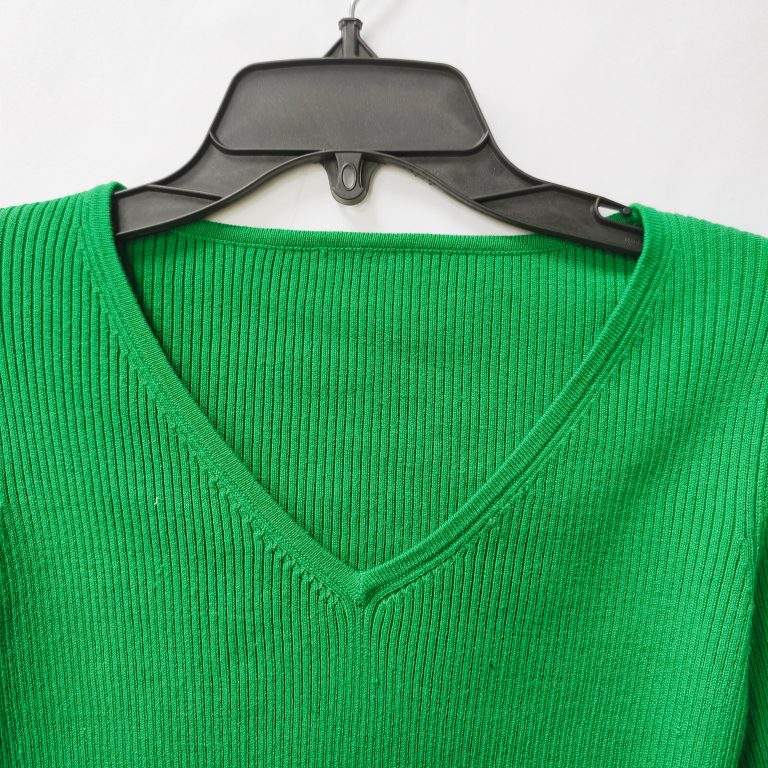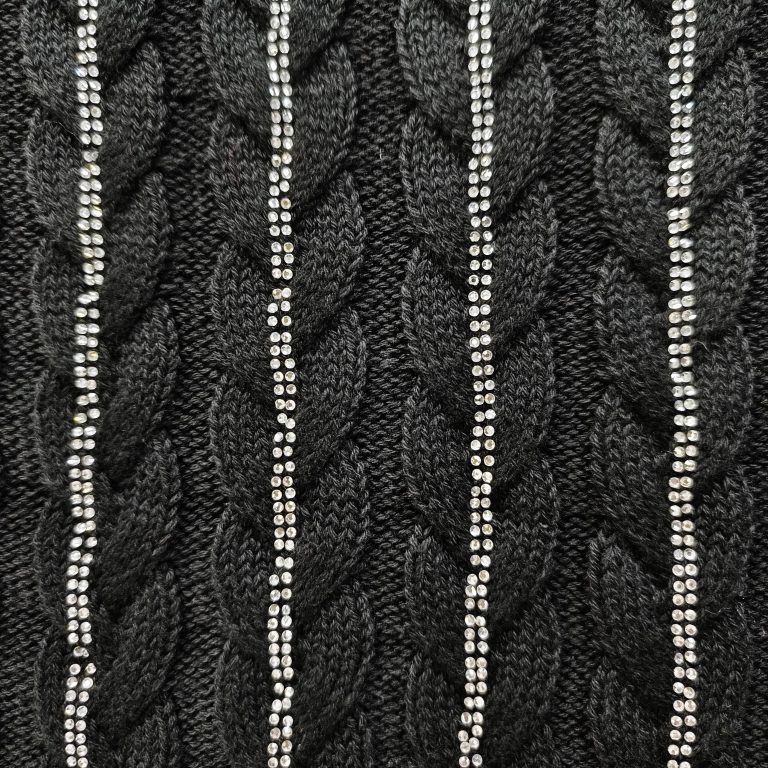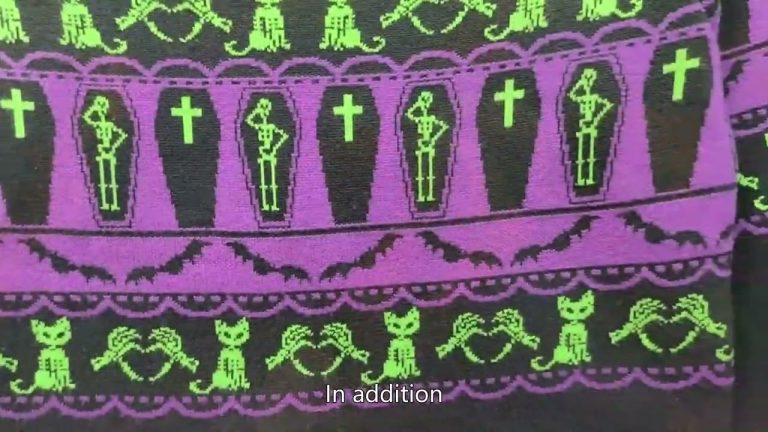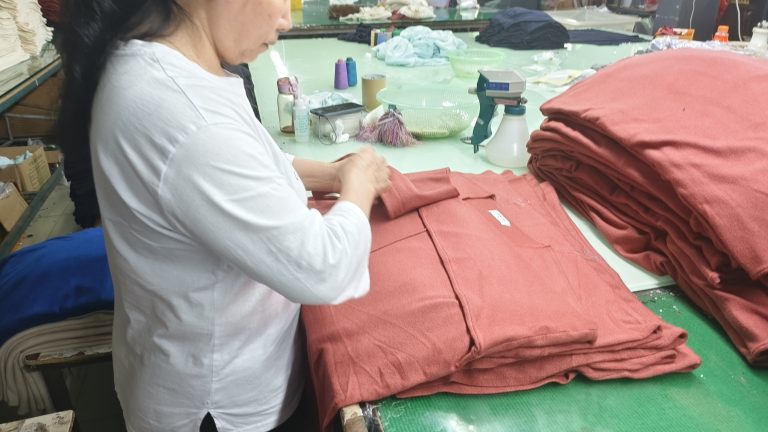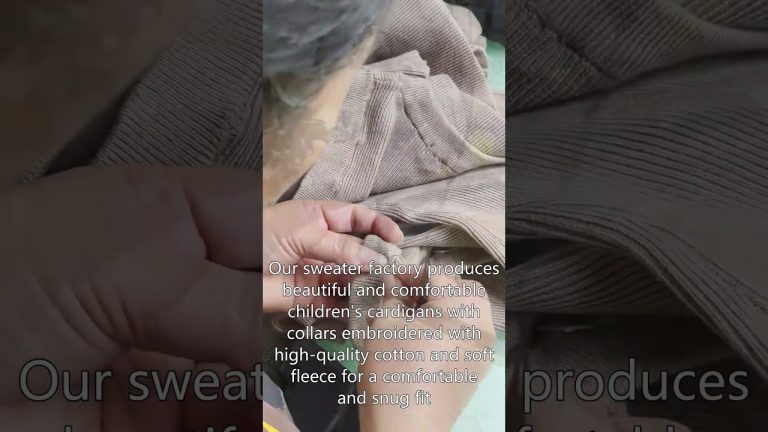knitwear Threads: An Overview of the Manufacturing Process
Knitwear is a popular and versatile type of clothing that is made from a variety of threads. From lightweight cotton to luxurious cashmere, the type of thread used in knitwear can make a big difference in the quality and feel of the garment. Understanding the manufacturing process of knitwear threads can help you make an informed decision when selecting the right fabric for your project. The first step in the manufacturing process of knitwear threads is spinning. This involves taking raw fibers and twisting them together to create a continuous thread. The type of fiber used will determine the type of thread that is produced. For example, cotton fibers are spun together to create a lightweight cotton thread, while wool fibers are spun together to create a heavier wool thread.After the thread has been dyed, it is then ready to be woven into fabric. This is done using a variety of weaving techniques, such as plain weave, twill weave, and rib weave. The type of weave used will determine the type of fabric that is produced. For example, plain weave is used to create lightweight fabrics, while twill weave is used to create heavier fabrics.
Once the fabric has been woven, it is then ready to be cut and sewn into garments. This is done using a variety of sewing techniques, such as flatlock, overlock, and coverstitch. The type of stitch used will determine the type of seam that is produced. For example, flatlock stitches are used to create a flat seam, while overlock stitches are used to create a more secure seam.
Finally, the garment is ready to be finished. This is done using a variety of techniques, such as pressing, steaming, and blocking. The type of finish used will determine the look and feel of the garment. For example, pressing is used to create a smooth finish, while steaming is used to create a softer finish.
Understanding the manufacturing process of knitwear threads can help you make an informed decision when selecting the right fabric for your project. By knowing the type of thread, dye, weave, stitch, and finish used, you can ensure that you are getting the best quality fabric for your project.

